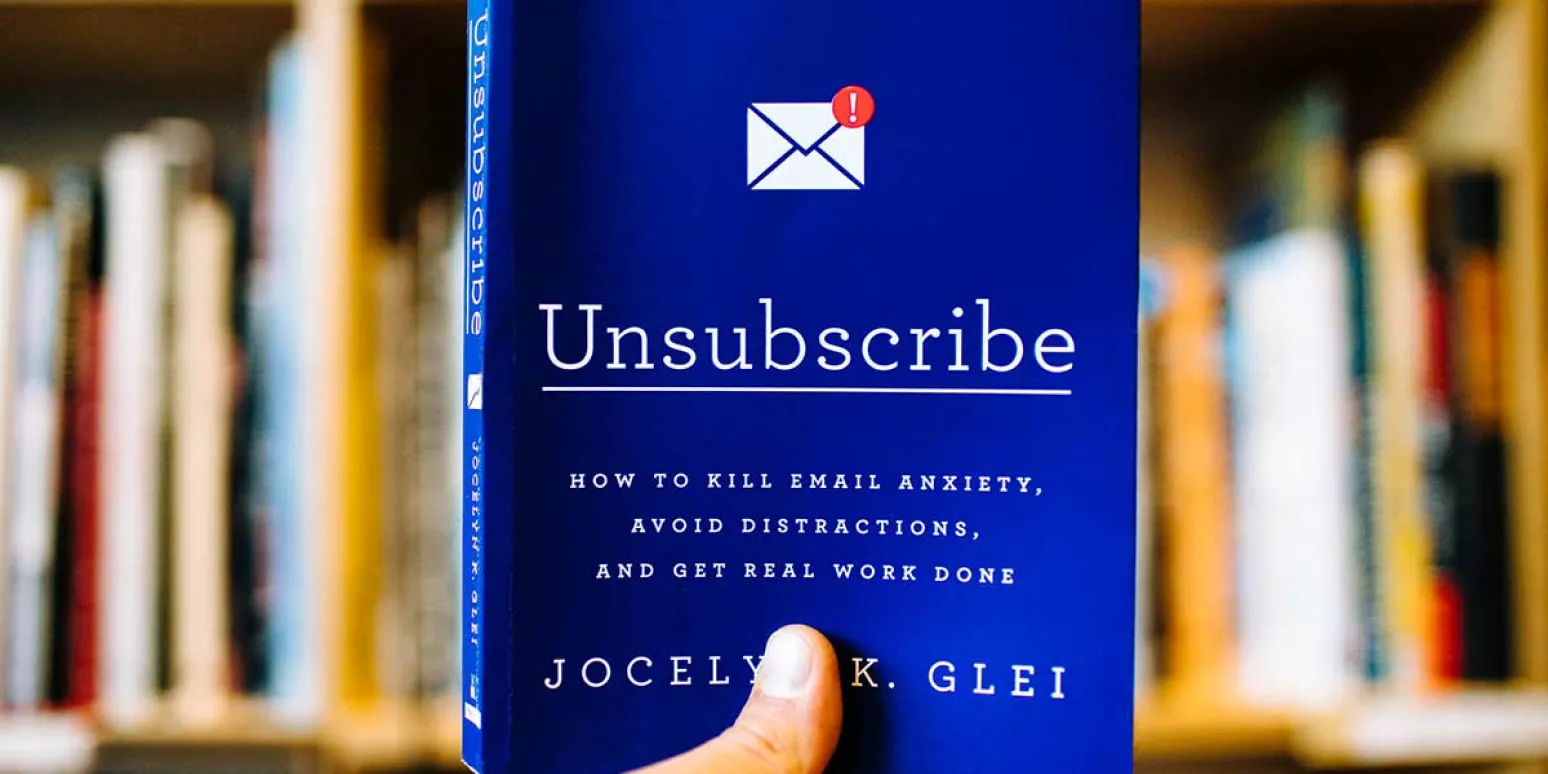Understanding Email Etiquette
Email etiquette is essential in today's digital communication landscape. Knowing how to properly ask for things in your emails can significantly increase your chances of receiving a response. Whether you’re reaching out to colleagues, clients, or potential collaborators, adhering to proper etiquette can make a world of difference. Below are key elements to consider when crafting your email requests.
Be Clear and Concise
When asking for something, clarity is crucial. Your recipients should understand exactly what you need. Avoid long-winded explanations and get right to the point. Here’s a simple chart to illustrate effective email structure:
| Section | Description |
|---|---|
| Subject Line | Clearly state the purpose of your email. |
| Greeting | Use a friendly yet professional tone. |
| Body | State your request concisely and provide any necessary context. |
| Closing | Thank the recipient and express anticipation for their response. |
Personalize Your Message
Personalization can significantly increase your chances of getting a response. Use the recipient's name and reference any previous conversations or shared experiences. This shows that you value them as an individual, not just as a means to an end. Here’s a quick checklist to help you personalize your emails:
- Use the recipient's name in the greeting.
- Mention a past interaction or project.
- Tailor your request to their specific expertise or interests.
Be Polite and Respectful
Politeness goes a long way in email communication. Always use “please” when making requests and “thank you” when appropriate. A respectful tone can foster goodwill and increase your chances of getting a favorable response. Here’s how to incorporate politeness into your email:
| Phrase | Usage |
|---|---|
| Please | Use it when making requests. |
| Thank you | Express gratitude after receiving help. |
| I appreciate | Show acknowledgment of their effort. |
Include a Call to Action
Every email asking for something should have a clear call to action (CTA). This guides the recipient on what to do next. Be specific about what you are requesting and what the next steps are. Consider this simple format for your CTA:
- What exactly do you want?
- By when do you need it?
- How should they respond?
For example, instead of saying, “Can you send me the report?” you could say, “Could you please send me the report by Friday? I would greatly appreciate it!” This method not only clarifies your request but also emphasizes urgency.
Timing Matters
The timing of your email can impact response rates significantly. Sending emails at optimal times can help ensure they are seen and acted upon. Research shows that emails sent early in the week and during business hours tend to receive quicker responses. Here’s a quick guide to the best times to send emails:
| Day | Optimal Time |
|---|---|
| Monday | 9 AM - 11 AM |
| Tuesday | 10 AM - 12 PM |
| Wednesday | 10 AM - 12 PM |
| Thursday | 10 AM - 11 AM |
| Friday | 9 AM - 10 AM |
Follow Up Strategically
If you don’t receive a response, don’t hesitate to follow up. However, be strategic about it. Wait at least 3-5 business days before sending a gentle reminder. Your follow-up should be short and polite, reiterating your previous request. Here’s a simple template:
Subject: Quick Follow-Up on [Original Subject]
Hi [Recipient's Name],
I hope this message finds you well. I wanted to follow up regarding my previous email about [briefly state your request]. If you have a moment, I would appreciate your input. Thank you!
Conclusion
Mastering email etiquette can significantly improve your ability to ask for things and receive responses. By being clear, concise, and polite, personalizing your message, including a call to action, and following up when necessary, you position yourself for success. Remember, effective communication is key to building and maintaining professional relationships. Implement these strategies, and watch your response rates soar!





